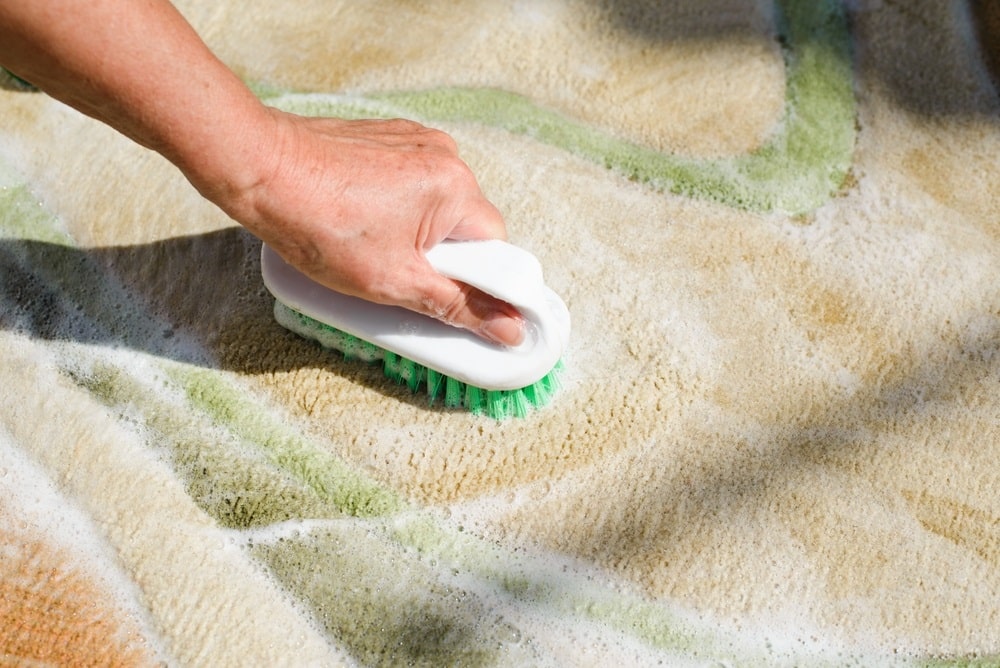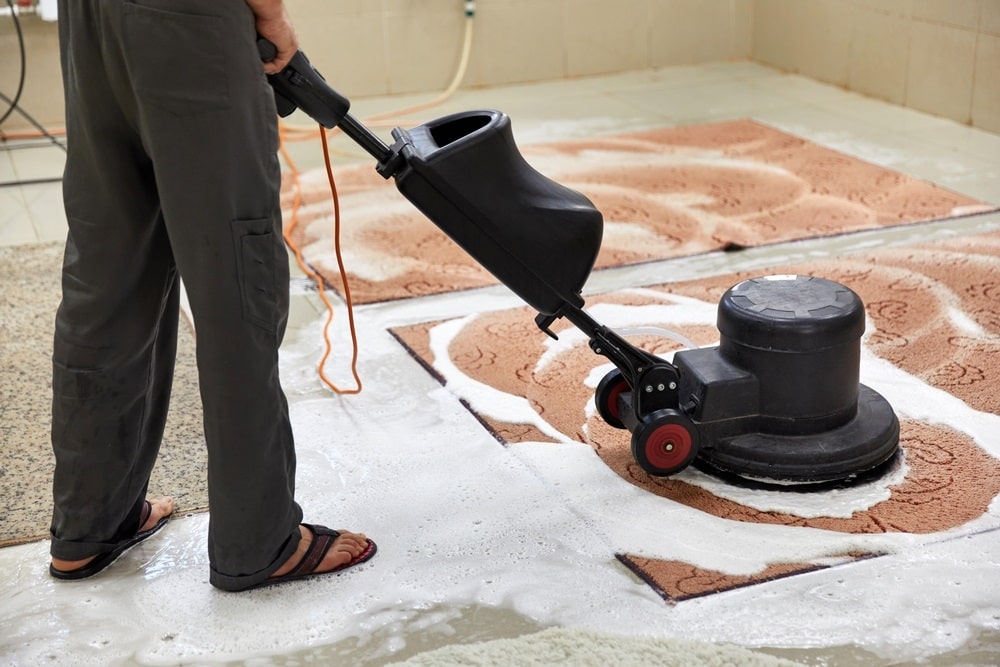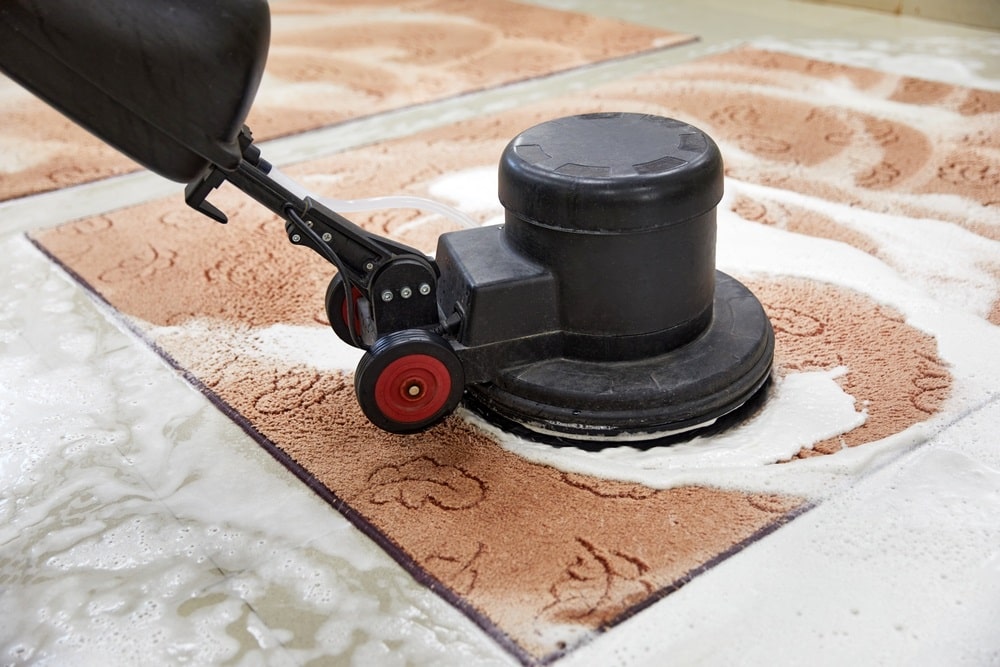
How to Clean Your Rug Without a Carpet Cleaner
Keeping your rug clean is not only important for aesthetics but also for maintaining a healthy living environment. Over time, rugs collect dust, dirt, and allergens, which can impact indoor air quality and trigger allergies. While carpet cleaners are effective, they aren’t always necessary. This guide by Rug Cleaning Orlando will show to clean your rug without a carpet cleaner using easy, homemade solutions and techniques.
Why Avoid Carpet Cleaners?
Carpet cleaners can be costly to buy or rent. They also use harsh chemicals that might not be suitable for all rug types and can leave residues. By skipping commercial carpet cleaners, you save money and reduce chemical exposure in your home.
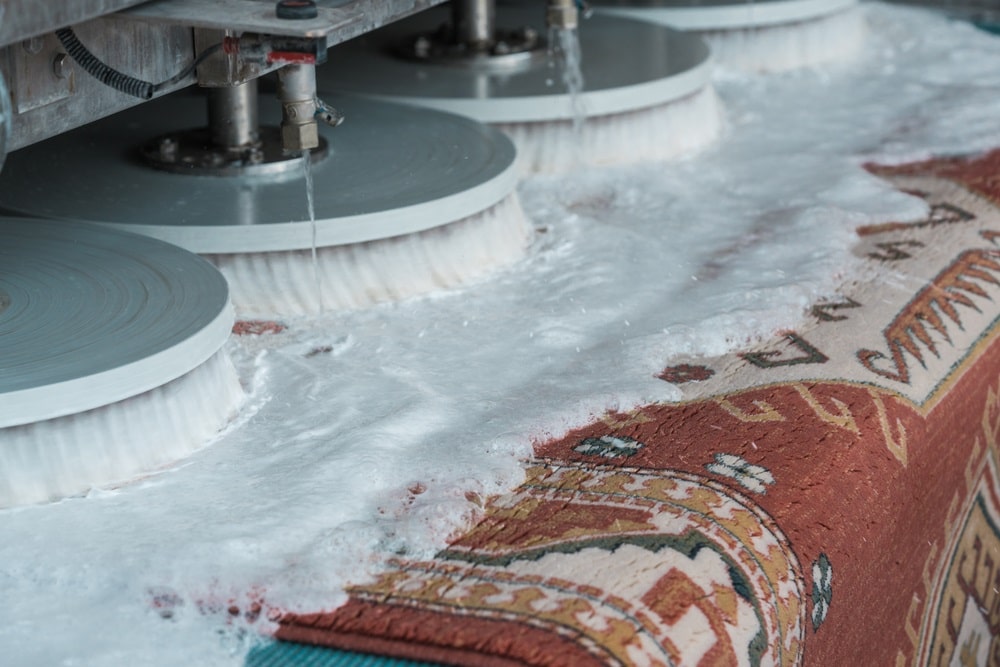
Basic Preparations
A combination of baking soda and white vinegar is one of the most efficient and adaptable cleaning treatments. The baking soda absorbs smells and the vinegar breaks down grime. To use this solution, liberally dust the soiled area with baking soda and then mist it with vinegar. Before wiping it up with a fresh cloth, let it fizz and sit for a few minutes.
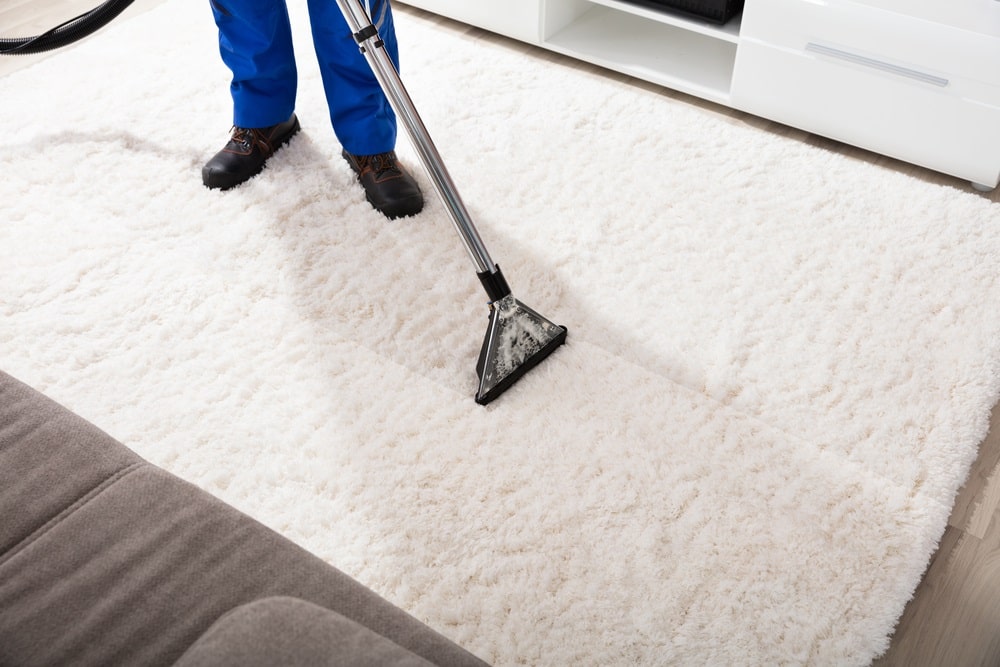
Vacuuming Your Rug
Start by giving your rug a thorough vacuuming to remove any loose dirt or debris. This is a crucial step as it prevents dirt from embedding deeper into the fibers during the cleaning process. If possible, vacuum both sides of the rug.
Dealing with Stains
Identifying the type of stain is the first step in effective cleaning. Common rug stains include food spills, pet accidents, and general dirt. Each type of stain requires a different approach to ensure complete removal.
Homemade Cleaning Solutions
One of the most effective and versatile cleaning solutions is a mix of white vinegar and baking soda. The vinegar breaks down dirt, while the baking soda neutralizes odors. To use this solution, sprinkle baking soda generously over the stained area, then spray vinegar on top. Allow it to fizz and sit for a few minutes before blotting it up with a clean cloth.
Dish Soap and Warm Water
For general cleaning, a mix of dish soap and warm water works wonders. Use a small amount of dish soap in a bucket of warm water.
Concentrate on the stains on the rug, gently scrubbing the area with a delicate brush dipped in the solution. Rinse with warm water and a clean cloth to remove soap residue.
Dry Cleaning Methods
If you prefer to avoid wet cleaning, consider dry methods such as using a broom and dustpan to sweep off surface dirt. Another effective method is using a brush and a small amount of soap to scrub the rug, then vacuuming up the dry residue.
Sun Drying Your Rug
After cleaning, it’s essential to dry your rug properly. Sun drying is an effective way to dry and deodorize your rug naturally. Hang the rug outside on a sunny day, allowing both sides to dry completely. This also helps kill bacteria and dust mites.
Cleaning Wool Rugs
Wool rugs need special care to avoid damage. Use a gentle cleaning solution of vinegar and water and avoid excessive scrubbing. Always dry wool rugs flat to prevent stretching.
Cleaning Synthetic Rugs
In general, synthetic rugs composed of materials such as polyester and nylon are stronger. Although bleach can harm the fibers, you can use stronger cleaning solutions like dish soap and warm water.
Preventing Future Stains
Regular maintenance is key to keeping your rug clean. Vacuum your rug regularly, address spills immediately, and consider using a rug protector spray to repel stains and dirt.
Natural Deodorizing Methods
Rugs can be effectively deodorized using baking soda. After spreading it all over the rug and letting it sit for a few hours, vacuum it up. Before applying the baking soda to the carpeting, combine a few drops of aromatic oils with it for an extra dose of freshness.
Using Essential Oils
Essential oils like lavender, eucalyptus, and lemon can add a pleasant scent to your rug. Mix a few drops with water in a spray bottle and lightly mist the rug. This not only freshens the rug but also has antimicrobial properties.
Spot Cleaning Tips
For minor spills and spots, quick action is crucial. Blot the spill immediately with a clean cloth to absorb as much liquid as possible. Then apply your chosen cleaning solution and blot again until the stain is removed.
Removing Pet Stains
Pet stains can be particularly stubborn. Use a mixture of vinegar and water to neutralize the odor, followed by a sprinkle of baking soda to absorb any remaining moisture. For tough stains, an enzyme cleaner specifically designed for pet stains can be very effective.
Common Mistakes to Avoid
Avoid common pitfalls like over-wetting your rug, using harsh chemicals, or scrubbing too vigorously. These mistakes can damage the rug fibers and cause discoloration.
FAQs
How often should I clean my rug without a carpet cleaner?
For best results, aim to clean your rug every six months. High-traffic areas may require more frequent cleaning.
Can I use bleach on my rug?
It’s best to avoid bleach as it can damage the fibers and cause discoloration. Stick to mild cleaning solutions like vinegar, baking soda, and dish soap.
What if my rug still smells after cleaning?
Sprinkle baking soda over the rug and let it sit overnight to absorb odors. Vacuum it up the next day. For persistent smells, consider using essential oils or professional cleaning services.
Are homemade cleaning solutions safe for all rug types?
Most homemade solutions are safe for natural and synthetic fibers, but always test a small, inconspicuous area first to ensure there is no adverse reaction.
In Conclusion
Cleaning your rug without a carpet cleaner is entirely possible with the right techniques and supplies. By following these steps, you can maintain a clean, fresh rug that enhances the beauty and comfort of your home. Contact Rug Cleaning Orlando today to get expert advice on your residential rug cleaning.


